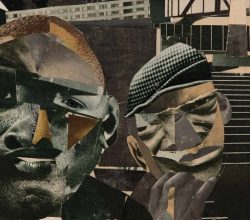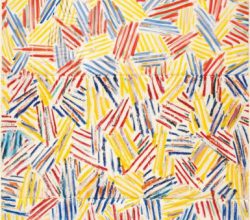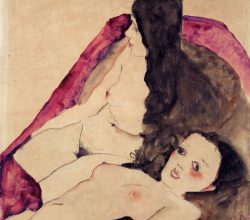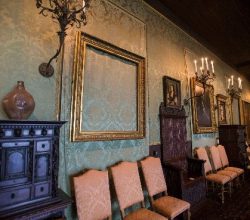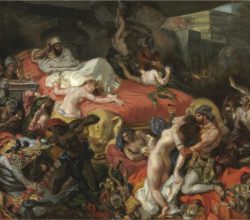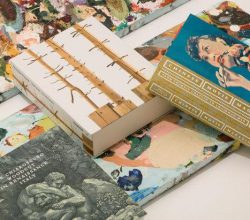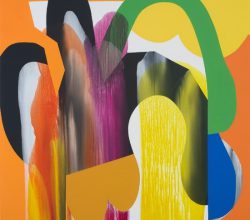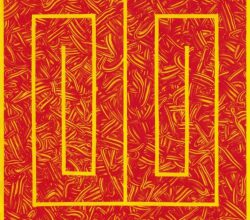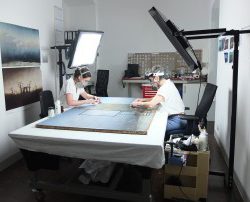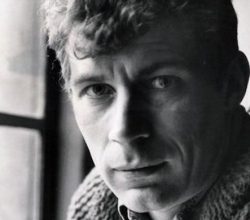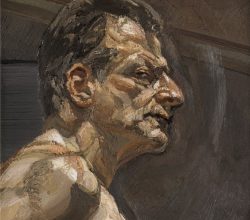
Holidays
This is the last regular issue of The Easel for 2018. Next week, and the week after, the newsletter will highlight the year’s most popular stories among Easel subscribers. There will then be a break of two weeks before The Easel resumes on Tuesday January 22.
Many thanks for your interest over the last year. After four years, The Easel is starting to feel a little bit grown up!
Season’s greetings to all.
Andrew


